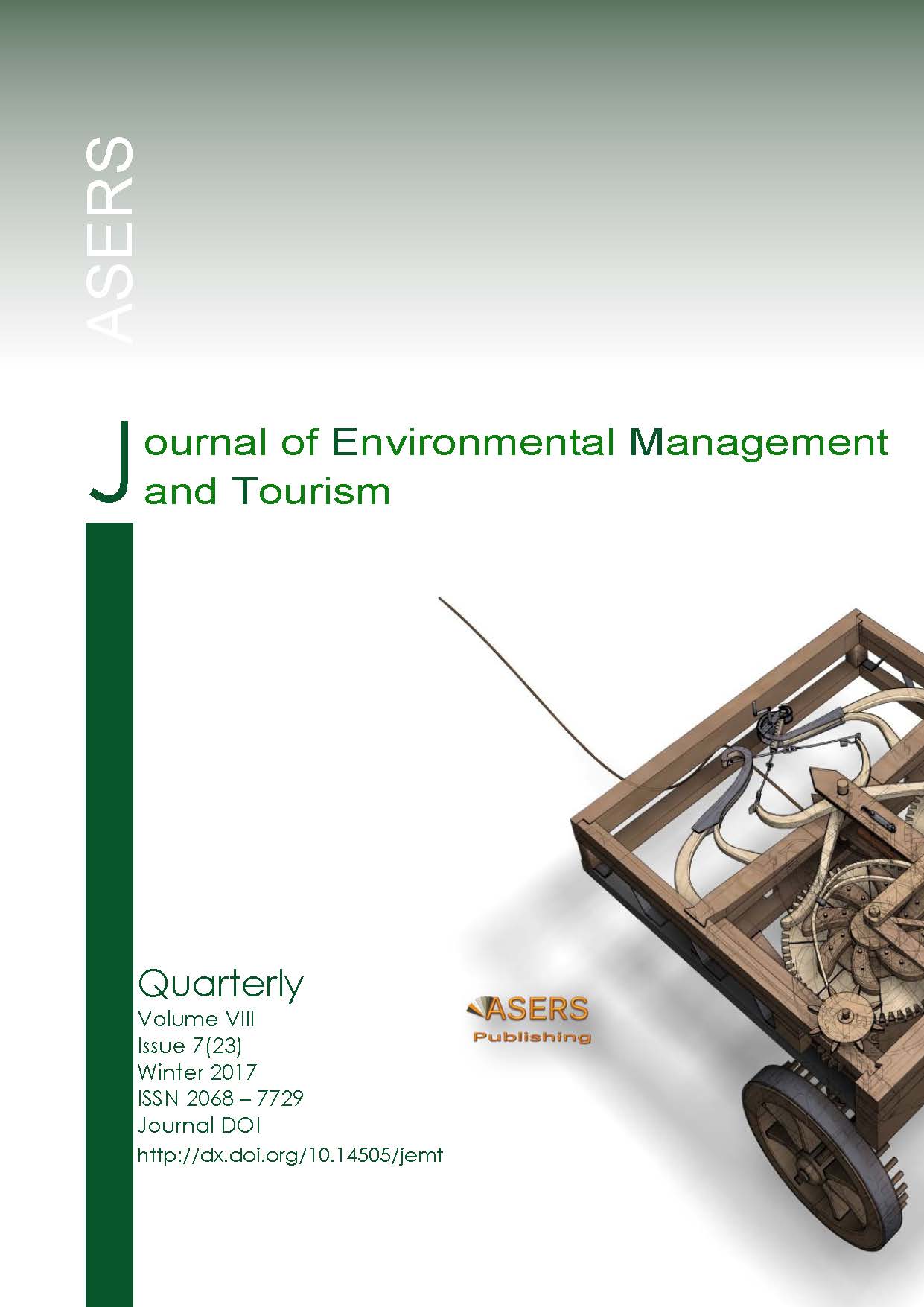Economic Effectiveness of Technogenic Mineral Formations Management as a Factor of Mineral Raw Material Basis Restoration of Kazakhmys Enterprises
Abstract
The problems of the raw material base depletion, ineffective technological chain of ores mining and processing with a high loss factor require a systematic, sound approach to the future development of the Zhezkazgan region. The conducted monitoring of ore fields and tailings is represented by significant stocks of technogenic formations.
As a methodology for research works at the mines of Kazakhmys enterprises a method of geotechnological work was chosen. Based on various physical and chemical impacts, the rocks are brought into a mobile state and receive useful components from hard-to-digest ores. In the extraction process, X-ray radiometric methods are used, which allow ore separation and mixing at the ore preparation stage, thereby reducing the yield of unpromising ores to the surface and increasing the multispectral nature of the extracted components. The created experimental furnace of chlorinating firing makes it possible to extract valuable components in the form of additional products such as rhenium, gold, iron from complex products of rough concentrate, which due to the lack of effective technology went to the tailings of enrichment. The applied geotechnology is environmentally balanced, since the waste that is not of economic value can be used as raw material in the construction industry.
The uniqueness of the research work is in detailed spectral analysis of the physical and chemical properties of technogenic formation and poor ores of the Zhezkazgan region, using technological processes for extracting associated components from waste and decommissioned ores by the method of chlorinating roasting and obtaining an additional solution with a high content of the useful component.
References
[2] "Copper quotes, price, cost, news". Holding "FINAM". Available at: http://www.finam.ru/analysis/profile049F3/default.asp (reference date: 23.12.2016).
[3] "Kazakhmys introduces a new technology" Kazakhmys. April 2014. №23. p. 8
[4] "Technical and economic calculation of the developed technology of extraction and processing of poor ores efficiency at the Zhezkazgan deposit". KazGidroMed LLP. Karaganda, 2013. p. 7.
[5] Bazhenov, O.V. 2013. "Copper industry as an object of analysis. Strengths and weaknesses of the industry on the example of Russian enterprises" The political journal of scientific publications "Discussion", 5-6: 56-61.
[6] Bloshenko, T.A., Ponkratov, V.V., and Pozdnyaev, A.S. 2017. Methodology for Identifying the Differentiated Mineral Extraction Tax Rates Relating to the Recovery of Solid Minerals. Journal of Environmental Management and Tourism, v. 8(1): 60-66. DOI: https://doi.org/10.14505//jemt.v8.1(17).05
[7] Efimenko, S.A., Portnov, V.S., Tursunbaeva, A.K. and Mausymbaeva, A.D. 2009. Testing of copper ores of Kazakhstan deposits by X-ray radiometric method. Journal of Siberian Federal University. Engineering & Technologies. 4: 345-358 Available at: http://elib.sfu-kras.ru/handle/2311/1555
[8] Kulikov, V.V. 1972. Joint and repeated development of ore deposits. Moscow: Nedra, 328 p.
[9] Lazchenko, K.N. and Terentiev, B.D. 1996. Geotechnological methods of mining mineral deposits. M.: Publishing house of Moscow State Mining University, 75 p.
[10] Lomonosov, G.G. and Zhigalov, M.L. 2001. Basic principles of quality management of ores in underground mines. Gornyi zhurnal, 2: 21-23.
[11] Rakishev, B.R. 1996. On the state of integrated use of mineral raw materials in the mining and metallurgical complex of Kazakhstan. Mining Information and Analytical Bulletin, 1: 55-58.
[12] Rylnikova, M.V., Yuen, A.B. and Terentyev, I.V. 2015. About recycling of waste of mining and concentrating manufactures on Zhezkazgan deposit. Mine surveying bulletin, 6: 13.
[13] Shestakov VA, and Litovchenko Т. V. 2003. Ecological aspects of physical and chemical geotechnology. Mining information-analytical bulletin. 12.- 3 MFR
[14] Yun, A.B. 2016. Development and justification of the mining technical system parameters for the complex development of the Zhezkazgan deposit in conditions of replenishment of the outgoing capacities of the mines. (PhD diss,Dr. techn. - Karaganda), 333 p.
Copyright© 2025 The Author(s). Published by ASERS Publishing 2025. This is an open access article distributed under the terms of CC-BY 4.0 license.
